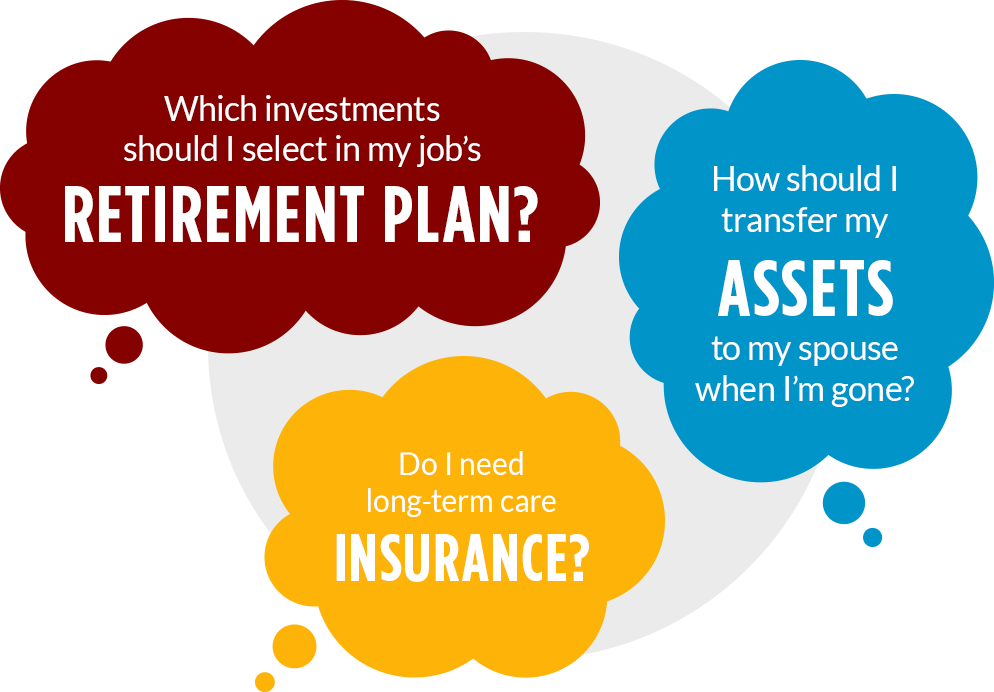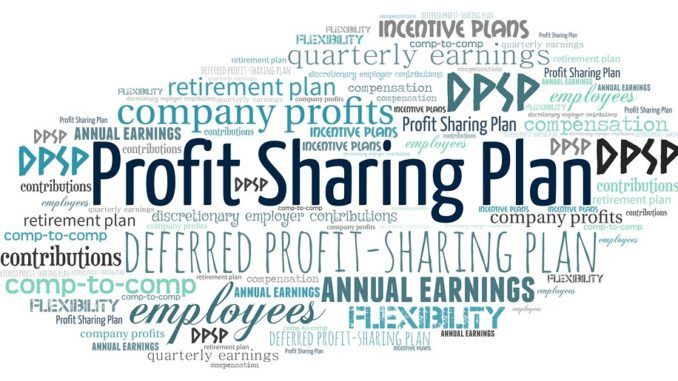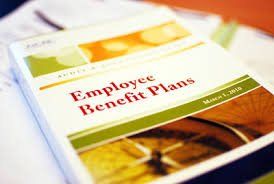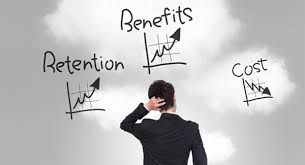Financial Planning for Your Future
- By Paul Bajus
- •
- 01 Nov, 2016
- •

We all know what the benefits are of lower interest rates are for those who want to borrow money. Lower interest rates mean lower mortgage rates, which equates to lower mortgage payments for those buying a house, cheaper credit to finance all sorts of other consumer purchases, and cheaper credit for companies to borrow money for investment in their businesses.
You add up all those factors and it means a big boost for the economy. What about the retirees though? How are they affected? Because we are still feeling the effects of the financial crisis and dealing with governments around the world with too much debt, interest rates are being held artificially low to try and spur demand. That’s a double whammy for the retiree: 1) the rate of return on their guaranteed investments is at a historic low. In 1982 you would have required less than $200,000 to provide $25,000 a year in interest income, now you would need over $1.1 million; 2) while inflation is under control it is still there, especially with prices for expenses such as food, which are often a big part of a retiree’s budget, increasing significantly. What really matters for all investors in fixed income investments, but arguably more so with retirees is, what is the real interest rate. The real interest rate is the rate of return less the rate of inflation, and for the last couple of years that number has been below 0% for deposit investments for the first time since 1976 (1). Retirees are faced with the unenviable choice of either making do with less – in some cases a lot less, or taking more risk with their investments than they might be comfortable with.
Paul Bajus - CLU, CFP, CHS - is the Director of Director, Pensions and Corporate Wealth Management for BF Partners. Learn more about Paul.


























